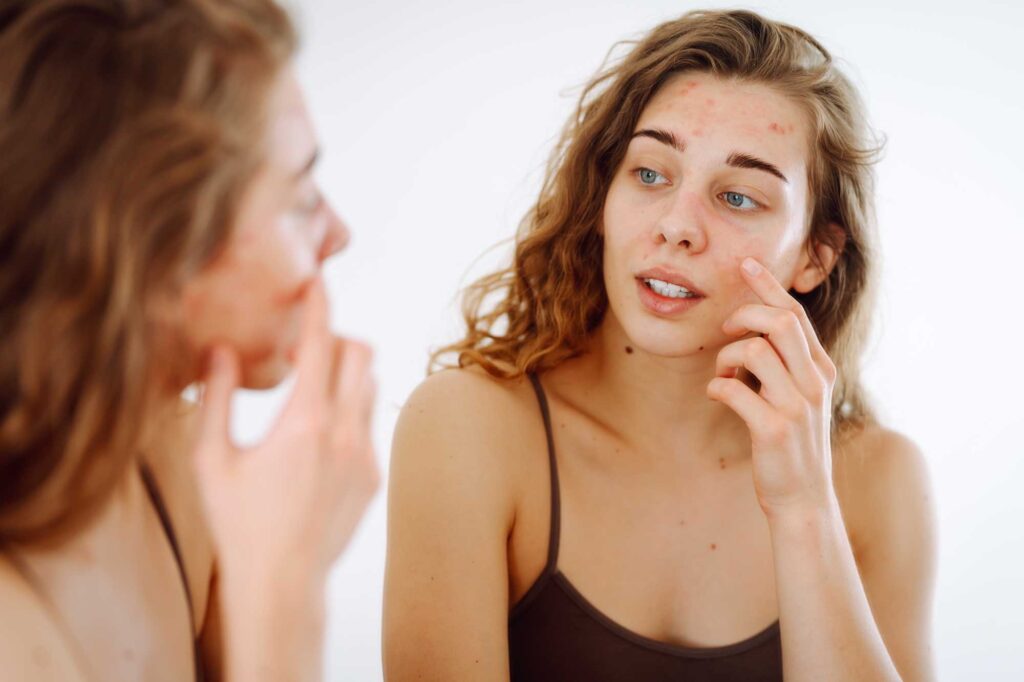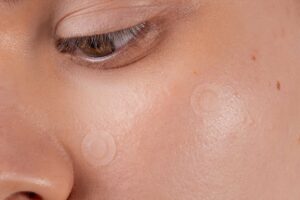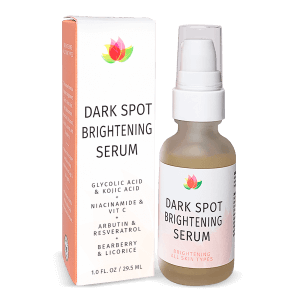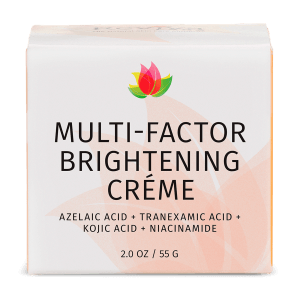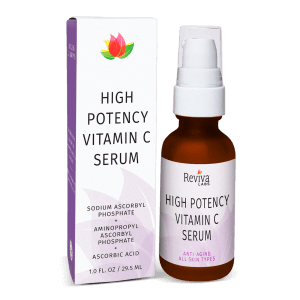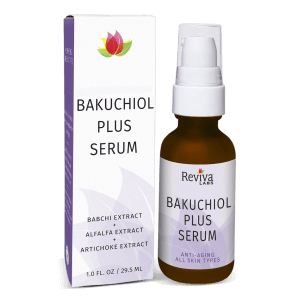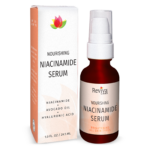Clean Beauty, Skin Care
How to Avoid Red Spots on Your Skin Turning into Dark Spots or Worse
When I first noticed tiny red spots appearing on my skin, my initial thought was irritation or maybe a minor rash. I didn’t give them much attention at first – who has time for that? Then I learned that if left unchecked, these seemingly innocent red dots could become lasting dark spots or even trigger deeper skin issues. It was a wake-up call. According to the American Academy of Dermatology (AAD), about 90% of skin aging results from the sun’s damaging UV rays. That’s right, those small red spots could be more serious than they look!
Red spots can range from simple inflammation to signs of deeper skin damage, and they’re often warning signals from your body. Whether they’re due to aging, sun exposure, or even minor injuries, recognizing them early helps prevent them from evolving into stubborn dark spots or worse. I realized quickly that proactive care was essential. Nobody wants lasting reminders of temporary skin irritations!
But don’t worry, preventing these pesky spots from becoming permanent is entirely achievable. I’ve gathered expert-backed strategies that work. They’re straightforward, easy-to-follow tips that anyone – especially those of us juggling busy schedules – can realistically implement.
Sun Protection is Non-Negotiable
Every dermatologist I’ve spoken to stresses the same point: effective sun protection is crucial. Sun exposure accelerates the appearance of red spots and intensifies their likelihood of darkening into permanent marks. Remember, UV rays damage the skin even on cloudy days. So, rain or shine, using broad-spectrum sunscreen with at least SPF 30 daily is non-negotiable.
Many people make the mistake of applying sunscreen only when they’re spending extended time outdoors. Yet daily incidental sun exposure – like walking to your car or sitting by a window – adds up significantly over time. It’s the consistent, daily exposure that quietly fuels skin damage, contributing to red spots becoming darker and more persistent.
When I started applying sunscreen daily, even indoors, my skin noticeably improved. It’s a simple habit, taking less than a minute, but the payoff in preventing future skin issues is enormous. Sunscreen also shields skin from other damaging effects like wrinkles and premature aging.
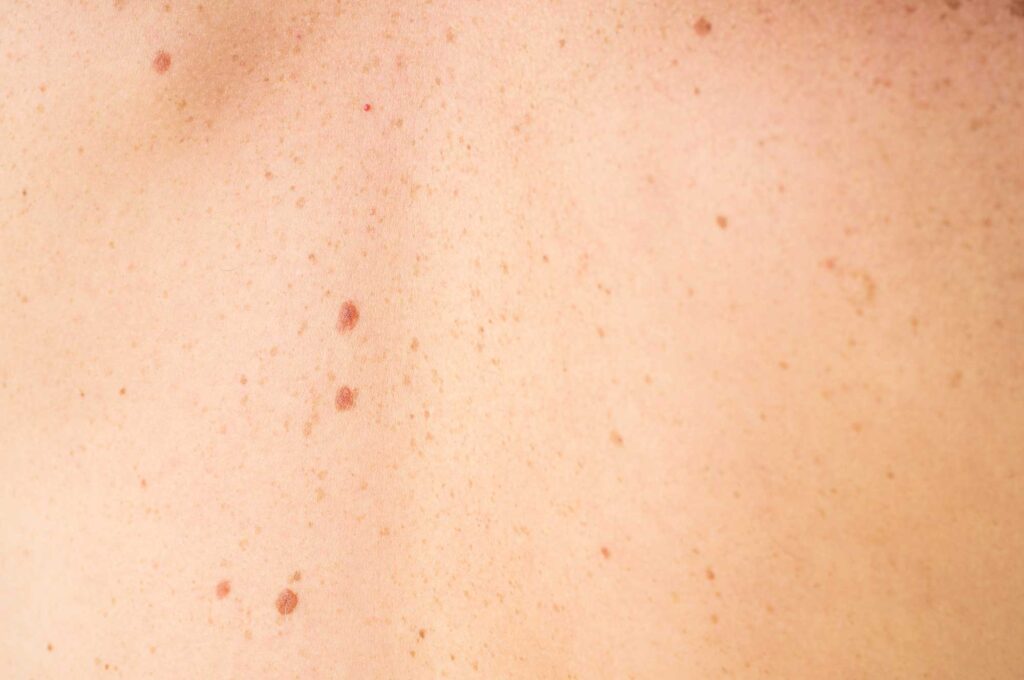
Topical Treatments that Actually Work
Once you’re protecting your skin effectively, you can enhance your defense with specific topical treatments designed to reduce redness and prevent further pigmentation. Vitamin C serum quickly became one of my skincare staples because it’s incredibly effective at reducing inflammation. This antioxidant powerhouse fights free radicals, reduces redness, and prevents dark spots by slowing melanin production. Apply it every morning under your sunscreen for maximum benefits.
Niacinamide, or vitamin B3, is another gem in preventing red spots from turning darker. This gentle ingredient reduces inflammation, soothes irritated skin, and fortifies your skin’s natural barrier. The stronger your barrier, the less susceptible your skin is to environmental triggers that cause redness and pigmentation. Using niacinamide consistently can yield visibly calmer, clearer skin over time.
Another hero ingredient is azelaic acid. Known for its anti-inflammatory and melanin-inhibiting properties, it effectively stops red spots in their tracks, preventing the transformation into stubborn pigmentation. Dermatologists recommend azelaic acid for sensitive skin types due to its mild yet powerful action. Apply it nightly to see substantial improvement.
Retinoids also deserve a place in your skincare routine. These vitamin A derivatives are renowned for boosting cell turnover, reducing inflammation, and balancing pigmentation. They’re especially helpful for those of us noticing red spots linked to aging or acne flare-ups. Retinoids smooth the skin and prevent redness from progressing into long-lasting dark marks. Start slowly to avoid irritation – every other night initially – and increase gradually.
Hydrocortisone creams are beneficial for immediate relief from redness, especially after minor injuries or allergic reactions. However, caution is necessary. Short-term use is fine, but prolonged application can lead to thinning skin and other unwanted effects. Always consult your dermatologist if you need prolonged redness control.
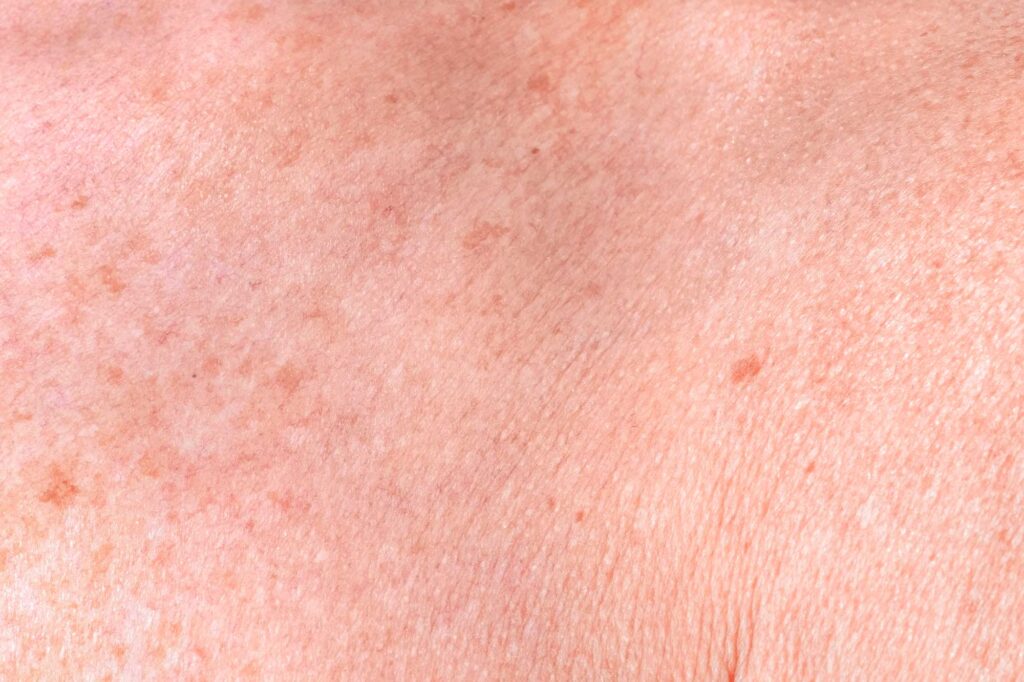
Boosting Skin Health from Within
Topical treatments are effective, but don’t overlook internal support for skin health. What you consume significantly affects skin behavior. Increasing antioxidant-rich foods in your diet like berries, leafy greens, nuts, and seeds can reduce inflammation and protect your skin from inside out. Antioxidants neutralize harmful free radicals, slowing the internal processes that lead to redness and pigmentation.
Hydration is another underestimated factor. Keeping your skin well-hydrated helps maintain elasticity, resilience, and a robust barrier. Aim for at least eight glasses of water daily. Hydrated skin heals quicker and is far less likely to show persistent discoloration.
Certain supplements can also support your skin’s resilience. Omega-3 fatty acids, vitamin D, and probiotics are all beneficial. Omega-3s reduce inflammation, vitamin D supports cell regeneration, and probiotics maintain gut-skin health. Always discuss supplements with a healthcare provider first, ensuring they’re appropriate and beneficial for your specific needs.
Gentle Skincare Practices
The way you handle your skin daily greatly influences how quickly redness resolves or worsens. Harsh exfoliants or aggressive cleansing techniques exacerbate redness and inflammation, increasing the chance of long-term pigmentation. Choose gentle cleansers and moisturizers that avoid fragrances and irritating ingredients.
Use lukewarm water when washing your face – hot water might feel good temporarily, but it inflames and irritates the skin further. Pat your skin gently after washing rather than rubbing it dry. Small adjustments like these significantly reduce irritation, promoting faster healing and minimizing chances of persistent marks.
Additionally, avoid touching or picking at red spots. It can be tempting, especially if they’re itchy or inflamed, but this aggravates the situation, increasing inflammation and prolonging healing. The fewer disturbances your skin experiences, the quicker and clearer it will heal.
When to Seek Professional Help
Despite your best efforts, sometimes stubborn spots persist or even worsen. If you find red spots consistently returning or progressively darkening despite diligent care, consulting a dermatologist is essential. Professional guidance can pinpoint exact causes and provide targeted treatment solutions.
Dermatologists often recommend advanced therapies like chemical peels or laser treatments for persistent pigmentation issues. Chemical peels remove superficial skin layers, stimulating regeneration and fading discoloration. Laser treatments specifically target deeper pigmentation without harming surrounding tissues. These interventions, coupled with proper daily skincare, can yield dramatic improvements.
Regular skin checks with a dermatologist are particularly vital as you age. Spots that seem minor could sometimes signal deeper issues. Early intervention by a professional dramatically reduces the risk of serious complications. Think of these check-ups as insurance for healthy, beautiful skin!
Embracing Consistency is Key
The path to maintaining clear, spot-free skin lies in consistency. It’s not about doing one thing perfectly but consistently practicing small, manageable steps every day. Apply sunscreen daily, incorporate effective topical treatments regularly, adjust your diet to support skin health, and handle your skin gently every time you interact with it.
When I began viewing skincare as an ongoing practice rather than a quick fix, the quality of my skin improved dramatically. It’s reassuring to realize that small, daily habits add up significantly over time. By embracing these easy yet powerful strategies, you can effectively prevent minor red spots from escalating into stubborn dark spots or deeper skin issues.
Commitment to regular skincare, healthy lifestyle choices, and professional support, when necessary, creates a powerful combination. The results speak for themselves: clear, radiant skin that not only looks good but remains healthy at any age. So, why wait? Start today – your future self will thank you!

